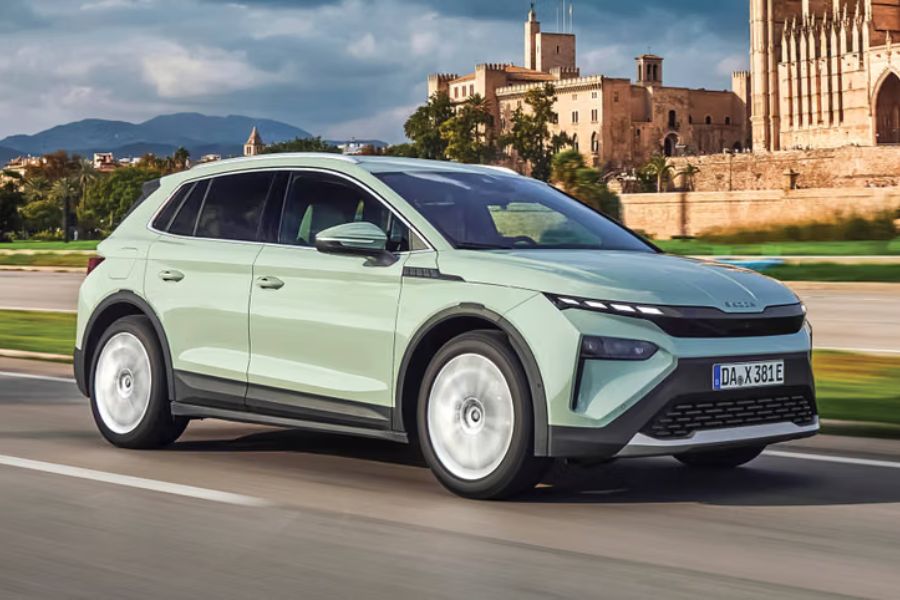Hyundai is set to launch the updated Alcazar on September 9, and as expected, the facelifted version brings significant changes both inside and out. This is more than just a cosmetic refresh—Hyundai has introduced notable upgrades in styling, features, powertrain options, and likely, pricing. Let’s delve into how the new Alcazar compares with the outgoing model.
Hyundai Alcazar Design: New vs. Old
The most noticeable changes in the Alcazar facelift revolve around its exterior design. The updated model now sports H-shaped LED Daytime Running Lamps (DRLs) connected by a sleek light bar, accompanied by a larger grille featuring horizontal slats. The headlamps have also been upgraded to quad-beam LED units, replacing the trio-beam design of the previous model.
At the rear, the Alcazar adopts a more squared-off look, thanks to the full-width tail-lamps with an H motif, reminiscent of the Venue. The redesigned bumpers complement this new aesthetic. Additionally, the facelift introduces a fresh design for the 18-inch alloy wheels and functional roof rails, enhancing its rugged appeal.
Hyundai Alcazar Interior: New vs. Old
Inside, the Alcazar facelift shares its dashboard layout with the recently launched Creta facelift. The two 10.25-inch screens are now seamlessly conjoined, with the middle AC vents repositioned below the screen for a cleaner look. The HVAC controls have been revamped, and the center console now features a metallic finish. While the dual-tone interior theme has been retained, Hyundai has opted for a new color scheme—noble brown and haze navy—replacing the previous cognac brown and black.
Both 6- and 7-seater configurations remain available, but a significant change is the removal of the fixed center console between the captain seats in the 6-seater variant. This alteration frees up space between the seats, now equipped with individual armrests, allowing easier access to the third row.
New features in the facelifted Alcazar include Level 2 ADAS, cooled rear seats, a wireless charger for the second row, an 8-way powered co-driver seat, extendable thigh support for the middle seats, and larger, adjustable headrests for the second row.
Hyundai Alcazar Powertrains: New vs. Old
The facelifted Alcazar retains the same engine options as its predecessor. The 1.5-liter turbo-petrol engine produces 160 hp and 253 Nm of torque, paired with either a 6-speed manual or an optional 7-speed dual-clutch automatic transmission. The 1.5-liter diesel engine delivers 116 hp and 250 Nm, with a choice between a 6-speed manual or a 6-speed automatic transmission. Both engines continue with a front-wheel drive configuration.
Hyundai Alcazar Pricing: New vs. Old
The current Alcazar is priced between ₹16.78 lakh and ₹21.28 lakh (ex-showroom). With the extensive updates in the facelift, a marginal price increase is anticipated when the new model’s pricing is revealed on September 9. The facelifted Alcazar will be available in four trim levels, with a new entry-level ‘Executive’ variant joining the existing Prestige, Platinum, and Signature trims.
In summary, the Hyundai Alcazar facelift introduces meaningful enhancements that go beyond mere aesthetic updates. With improvements in design, interior comfort, and advanced features, the new Alcazar is set to offer a more compelling package, albeit with a slightly higher price tag.
Read More:




